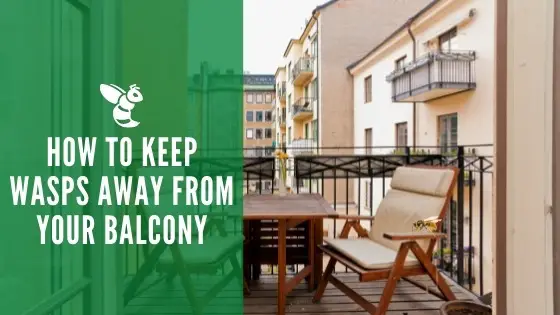Cuckoo Wasp Identification, Facts, & FAQs

The cuckoo wasp is a beautiful insect that is very complex. Its colors include beautiful blues and greens, and they are often spotted when trying to become parasites to other insects. However, they have a tough exterior body structure that makes it difficult for other insects to sting and paralyze them.
To lay their eggs, they have the ability to change their smell, so other insects don’t always know what they’re doing. They also can curl their body into a ball, which is unlike other varieties of wasps. They can complete this maneuver when they are being threatened by a host of other insects.
What are Cuckoo Wasps?
The cuckoo wasp is also known as the emerald wasp from the family Chrysididae. There are more than 3,000 different species of Cuckoo wasp, and they are unique because of their very brightly colored body and wings.
You’ll find them in hot and dry areas of the world, mainly in desert regions. They are very parasitic in nature, as they lay their eggs in the nests of other species of insects.
Do Cuckoo Wasps Build Nests?
Cuckoo wasps are solitary in nature, so they don’t build large nests with other wasps of their kind. The females hide in various spots nearby where they’re able to watch their eggs/larvae. They know when the host wasp has come and gone from the nest, and they will wait until the coast is clear.
This is when the cuckoo wasp will insert their eggs and tend to their young. The host will return to the nest later on, and they will seal up the parasite eggs without even realizing that they are there. The larvae will grow within these cells, taking over the space until they are ready to break their way out into the world.
Do Cuckoo Wasps Sting?
The female version of the cuckoo wasp cannot typically sting a human. Their stinger is either non-functional or is no longer present. While you don’t have to worry about the female cuckoo wasp, there are larger varieties that can sting if you’re threatening them or coming too close to their home.
Are Cuckoo Wasps Dangerous?
A cuckoo wasp is dangerous to a potential host that they’re stalking. They can take over, kill, and consume the eggs or larvae that are already within a nest. They often go after the mud dauber wasp species.
If the cuckoo wasp doesn’t kill and consume the eggs or larvae inside, they may cause the larvae to starve to death from lack of food access. They can wipe out an entire colony of insects. From a human perspective, the cuckoo wasp is pretty harmless.
Most of them can’t sting, and they’re more concerned with finding a nest to become a parasite to. They’re not all that interested in what we’re doing unless we seem overly threatening.
What do Cuckoo Wasps Eat?
When the cuckoo wasp is just in its larvae stage, it will consume the eggs that are within the nest that they are situated in. These eggs can be just about any other insect. The female cuckoo wasps that lay the eggs don’t prefer one species or another.
The cuckoo wasp larvae will also consume different species of larvae if that is what is present when they are in this life stage. The adult cuckoo wasps will dine on the nectar of flowers in the area. They also look for honeydew that is produced by aphids nearby.
What to do About Cuckoo Wasps in Your Home?
Cuckoo wasps tend to be solitary, so it’s quite unlikely that you’re going to find a large established nest of cuckoo wasps in your home. They can make their way inside if they’re looking for an insect nest to take over, so it’s not entirely impossible that they won’t be hanging around your house with you.
If you find one once they have grown and escaped from their nest cell, you can remove it from the house. Let it go outside so it can continue its life cycle. They may go on to kill an insect that would cause harm to your garden, so they can be beneficial in several instances.
Use caution when removing the cuckoo wasp because you can never be too sure if a cuckoo wasp is able to sting you or not based on how they appear. This solitary insect is commonly found in the U.S. during the hot and dry times of the year. Elsewhere in the world, they can be found in subtropical climates and Mediterranean climates.
They will go wherever their potential hosts are located, so you can find them on the ground, in nests hanging around your property, or even below the surface of the ground. They’re not a dangerous insect, so you may want to stop next time you see them so you can appreciate their beauty and uniqueness.



